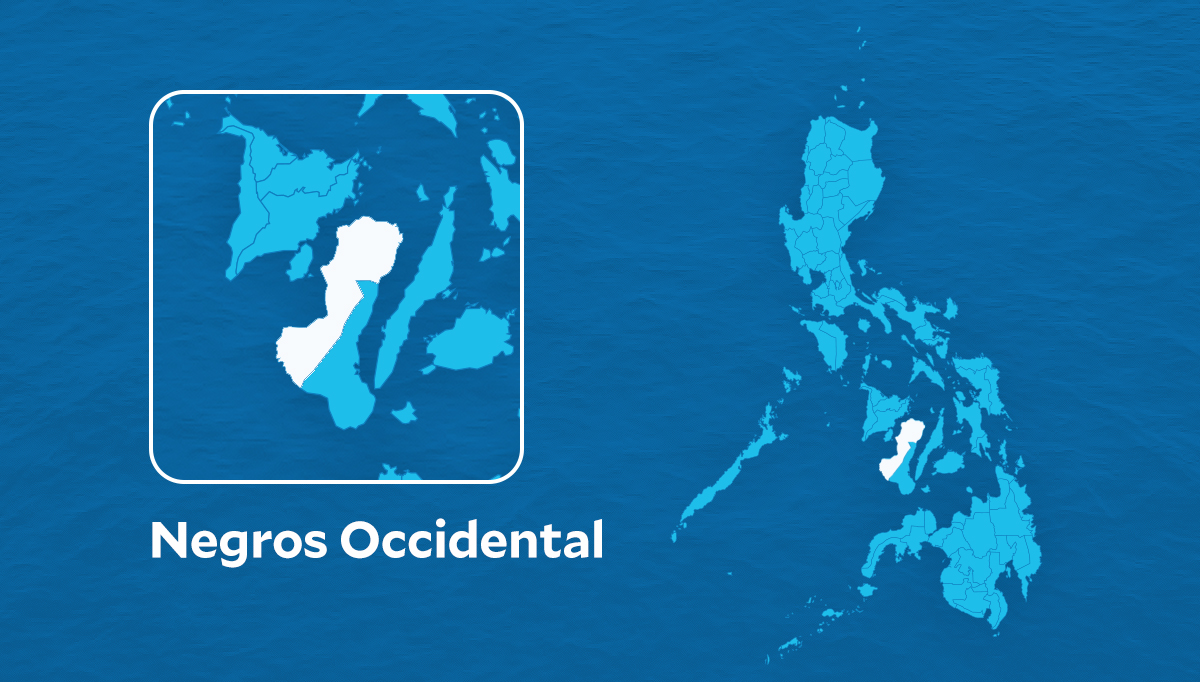BACOLOD CITY—Authorities described as an “isolated case” the death of a 9-month-old boy whose family was staying at an evacuation center in La Castellana town, Negros Occidental, following the eruption of Mt. Kanlaon on Dec. 9.
Provincial administrator Rayfrando Diaz, in an interview on Wednesday, said their investigation showed that the baby, who succumbed to cardiopulmonary arrest due to “acute gastroenteritis with severe dehydration,” was the only child experiencing diarrhea and vomiting at the evacuation center that houses 41 other children.
“The provincial government sends purified water to the evacuation centers every day, and diapers for the babies. Health services are also provided at the evacuation centers,” he said.
The boy from Barangay Masulog in La Castellana was staying in a shelter with his parents.
During the third week of December, his family took him to a “hilot” (midwife) in Guihulngan, Negros Oriental. After the five-hour drive on a “habal-habal” (motorcycle), the family returned to the evacuation center in La Castellana.
On Dec. 22, the child showed symptoms of the onset of cough and runny nose. The family took the boy to the rural health unit for a medical consultation the following day. Two days later, the child developed a fever and started vomiting and was referred to the Don Salvador Benedicto Memorial District Hospital where he died on Christmas Day.
Diaz said the provincial government was doing its best to protect the welfare of evacuees, including children.
Dr. Razel Nikka Hao, regional director of the Department of Health (DOH) for Negros Island, on Monday said health officials were working double time to prevent an outbreak of illnesses in at least 34 evacuation centers in Negros Oriental and Negros Occidental.
Most patients seeking consultations in evacuation centers in the Negros provinces were complaining of cough and colds, she said.
READ: Fever, respiratory illnesses hound some Kanlaon evacuees
The regional DOH reported that its teams conducted 3,345 consultations and treatment in different evacuation centers. The DOH is augmenting the health teams in each evacuation center, where supplies of medicine are available.
Meanwhile, the Philippine Institute of Volcanology and Seismology (Phivolcs) has warned of “unpredictable” activity on Mt. Kanlaon.
‘Magmatic unrest’
Mariton Antonia Bornas, chief of the Volcano Monitoring and Eruption Prediction Division of Phivolcs, said the volcano had exhibited heightened activity since its eruption on Dec. 9, prompting a state of caution in the surrounding region.
She said the slow progression of this unrest suggested that the community could face days to months of uncertainty before any explosive or effusive eruptions occur.
“We have entered a period of magmatic unrest following the December eruption, as evidenced by the new magma content in the ash and persistent ash venting,” Bornas said in a statement posted by the Office of Civil Defense on Tuesday.
“The volcanic activity is unpredictable. We have no handle on timelines. It is the volcano that determines this,” she said.
“This uncertainty underscores the critical need for local government units (LGUs) to develop comprehensive preparedness plans. LGUs can plan for all scenarios, not just one,” Bornas added. —CARLA GOMEZ
